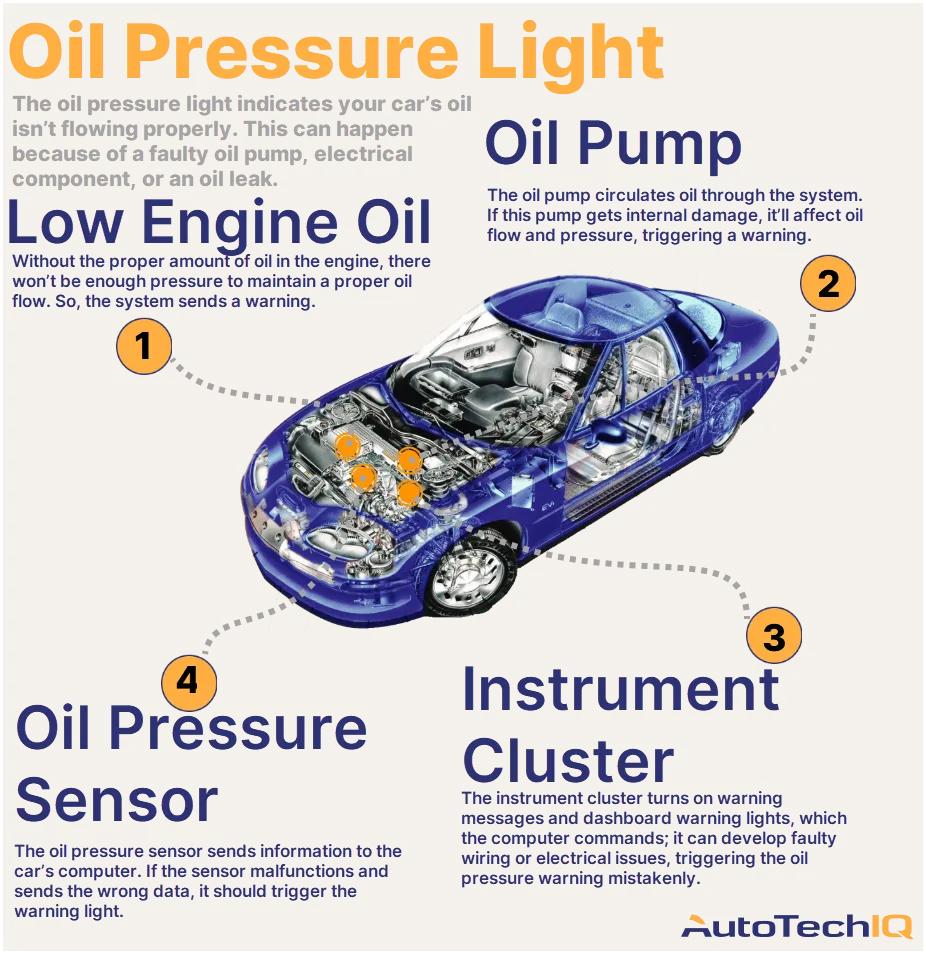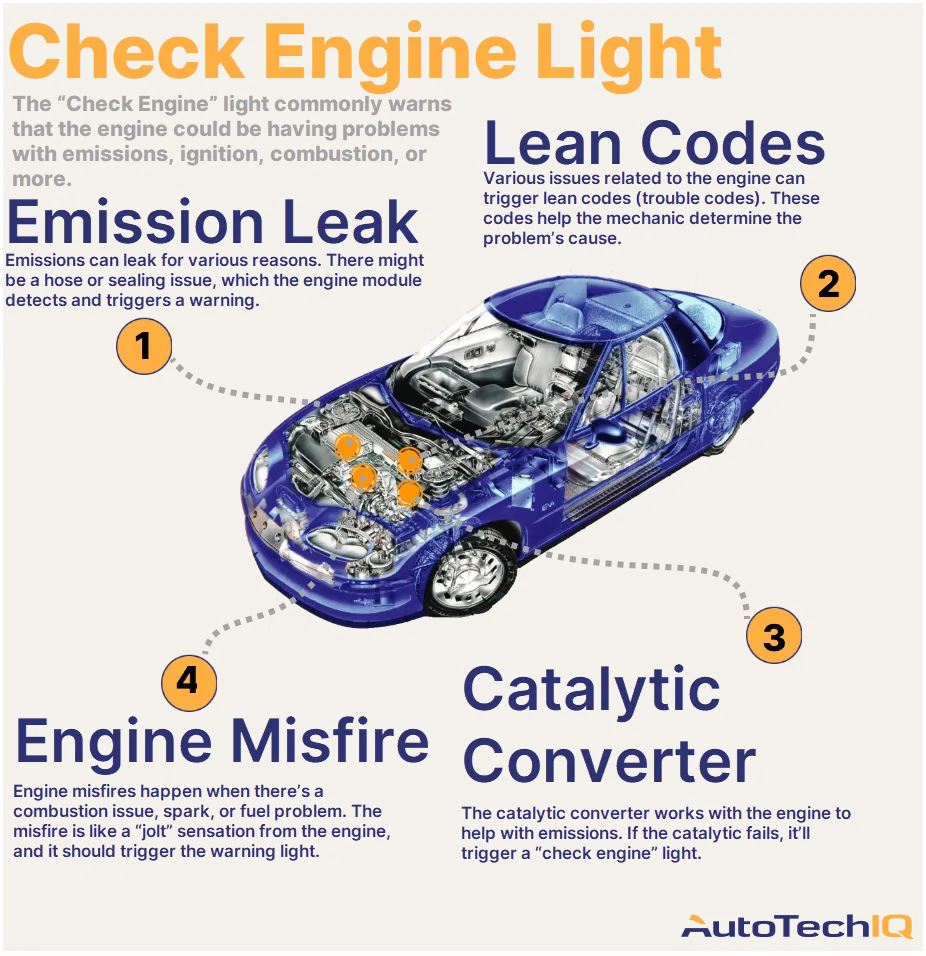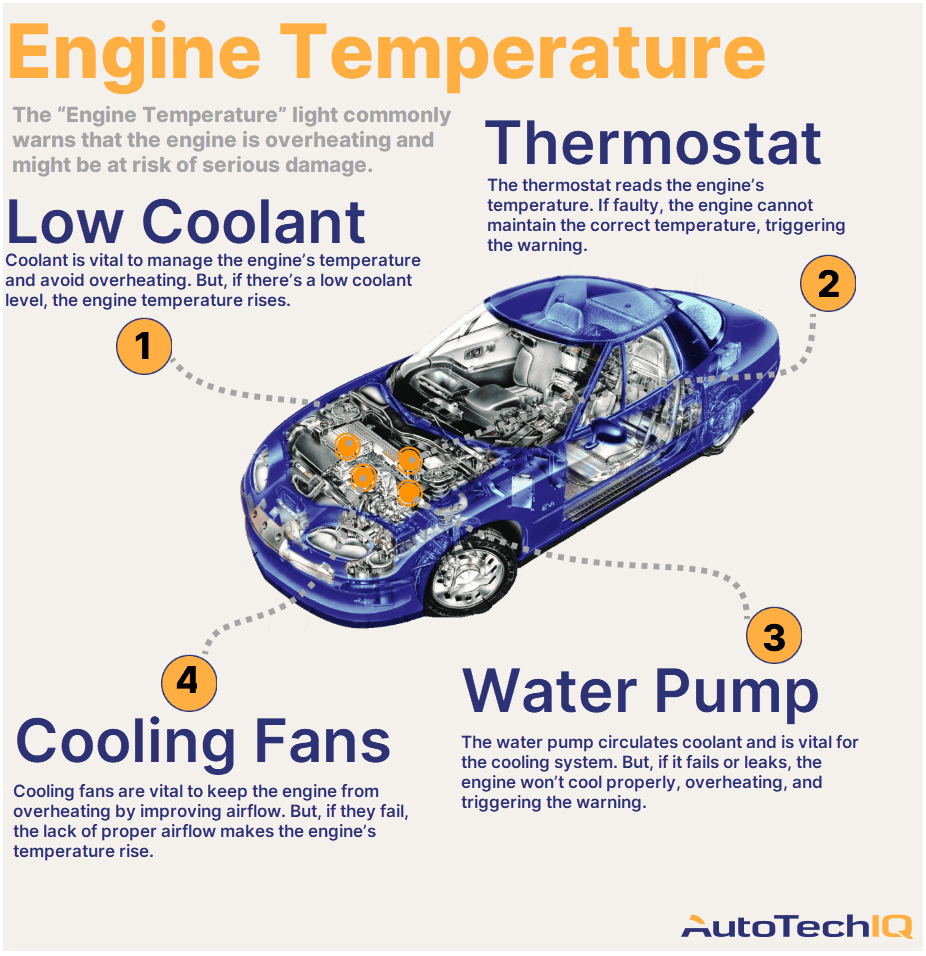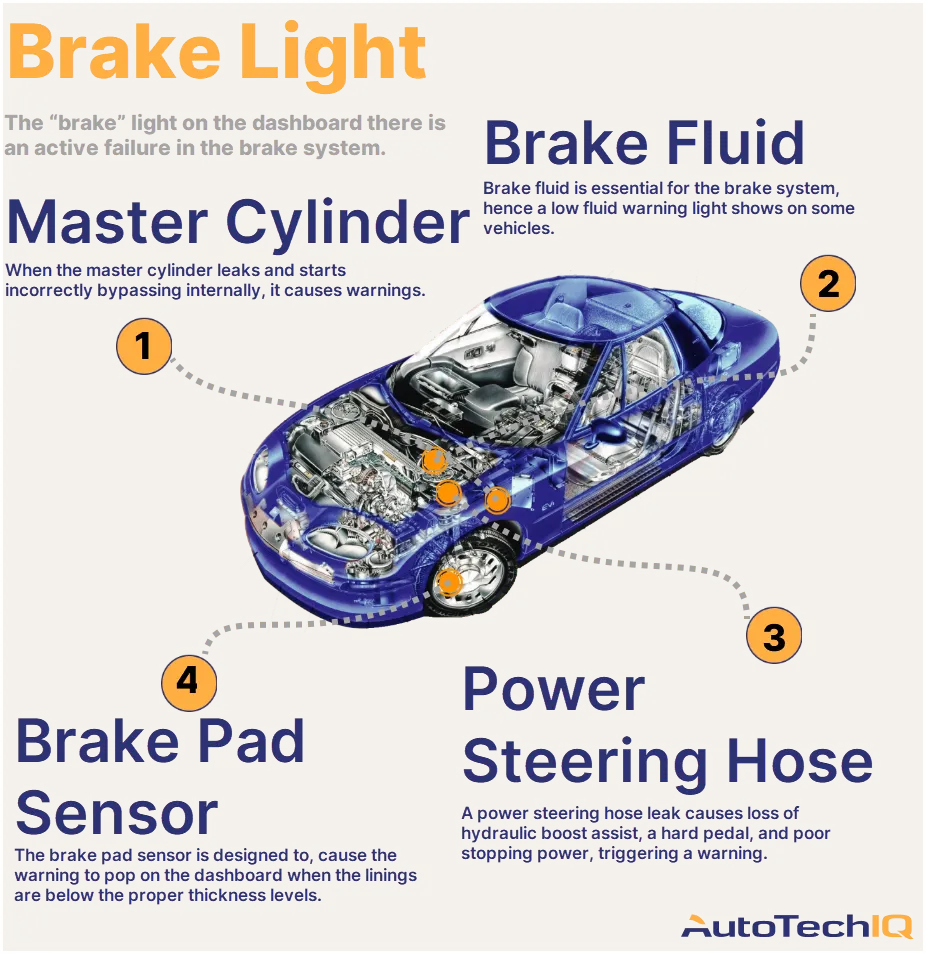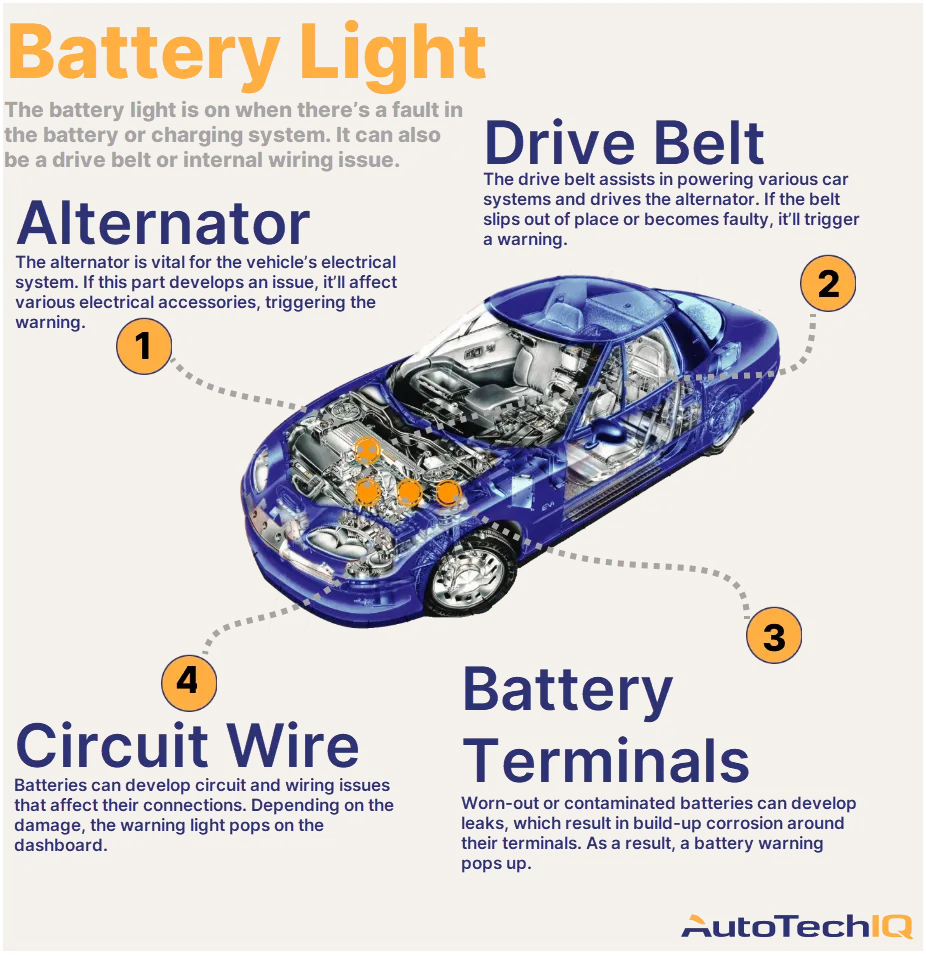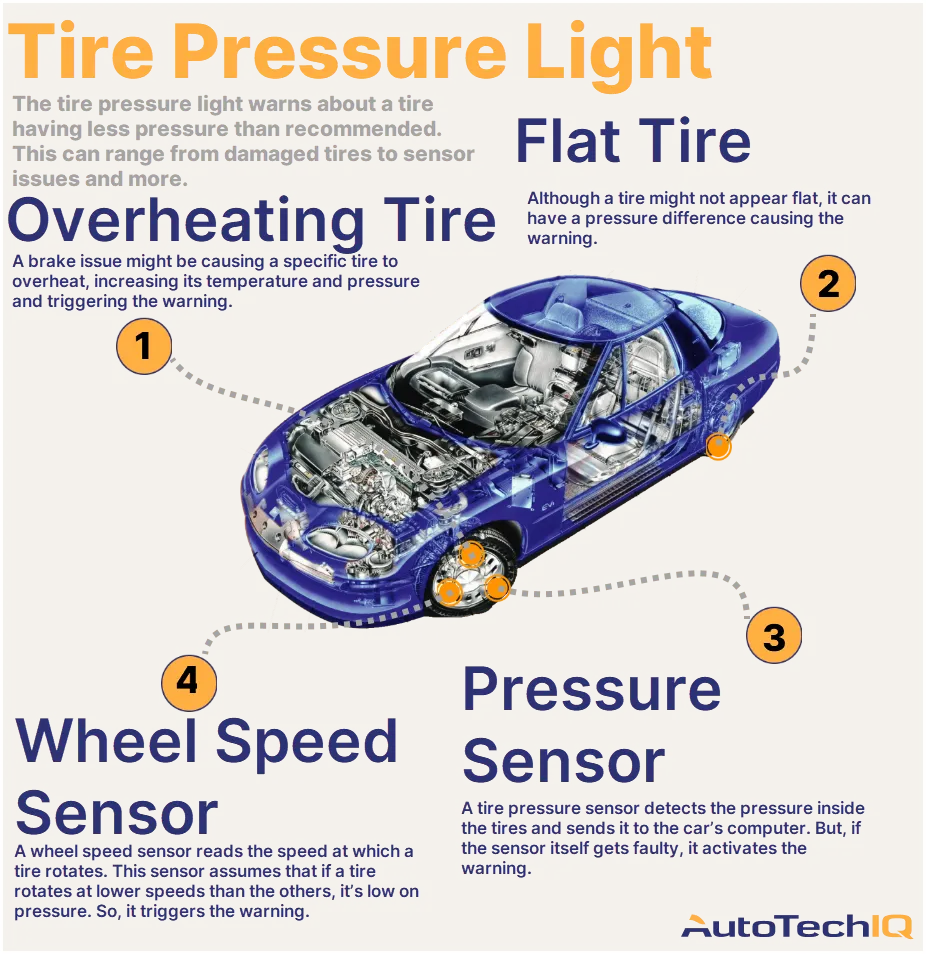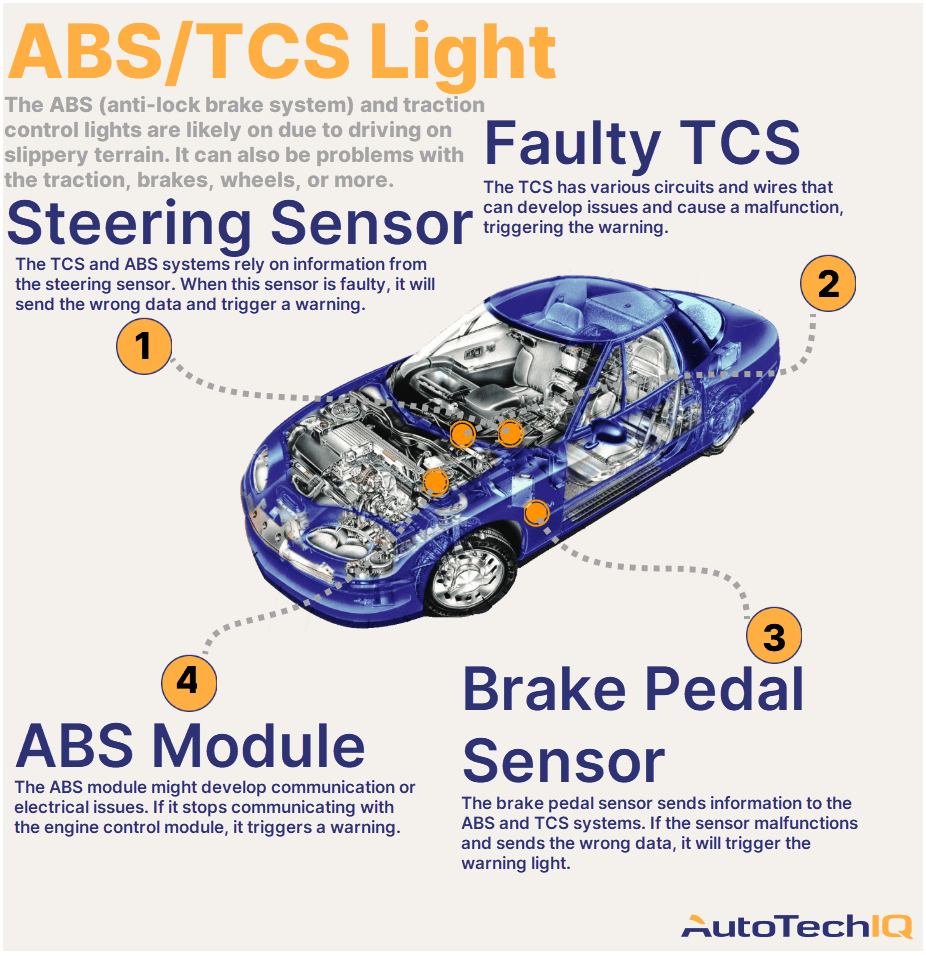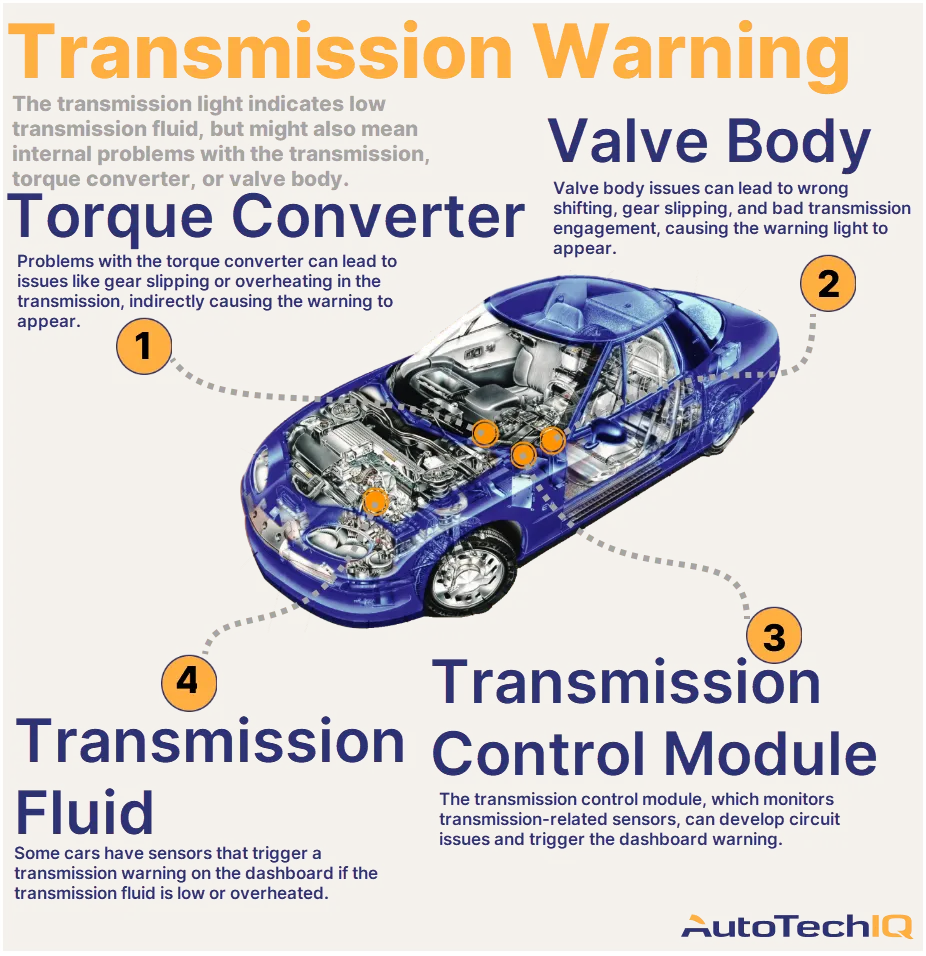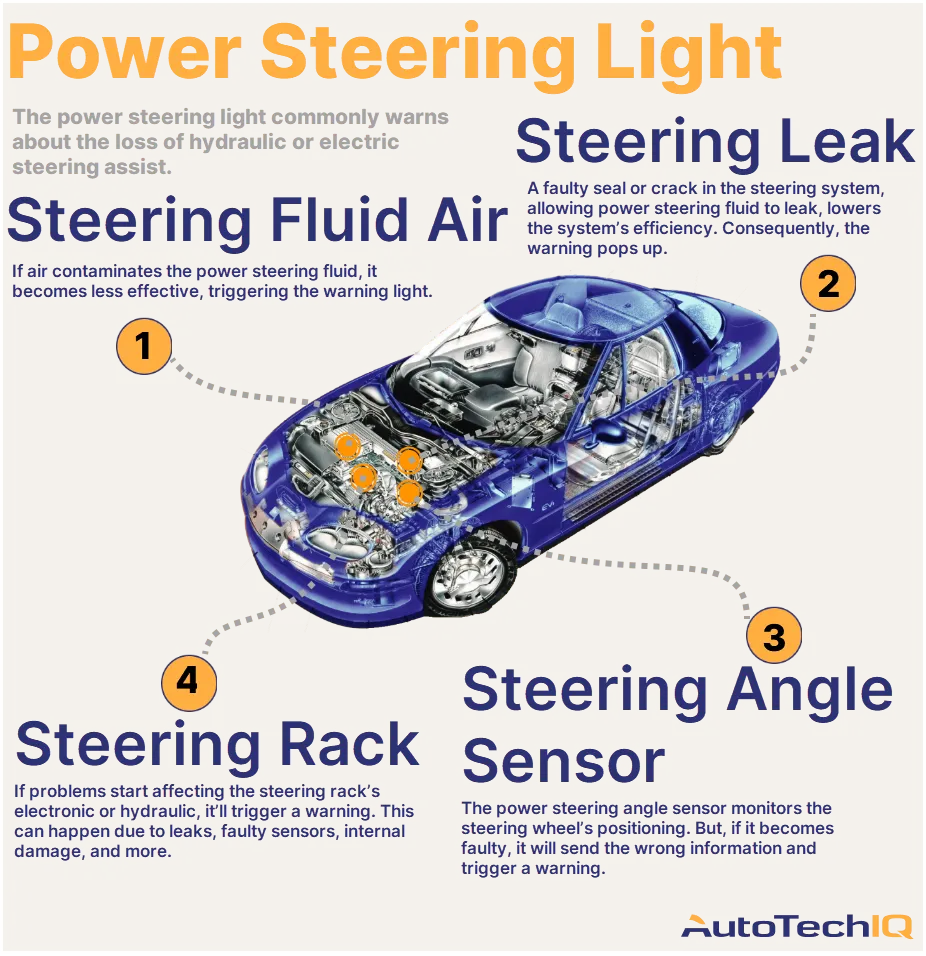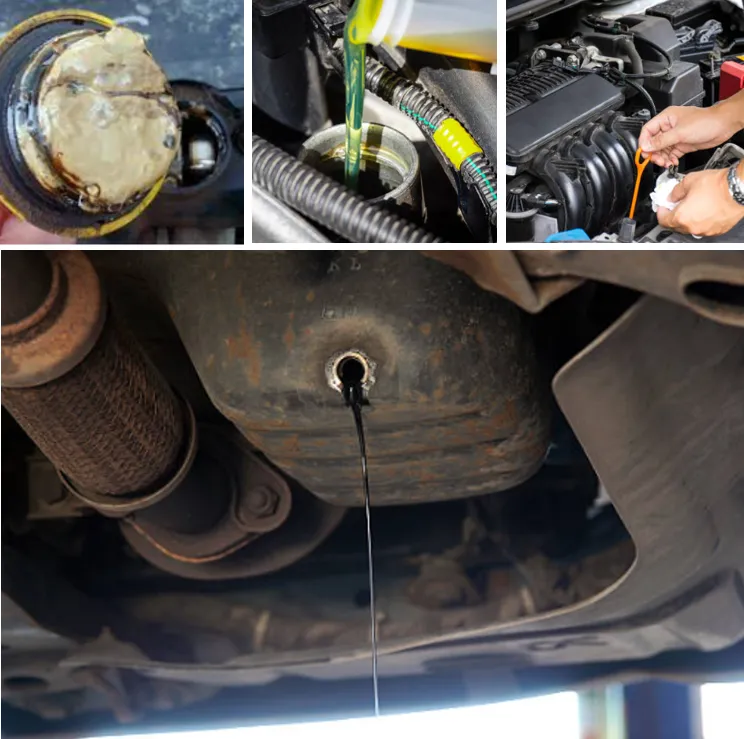
Flushing the engine is a fairly important vehicle maintenance operation. In practice, a special flushing oil or product is poured into the engine, which removes carbon deposits, deposits and other contaminants that have accumulated inside the engine during its operation. This procedure can be useful in improving engine performance and extending its life.
Engine flushing steps
- Selecting a flushing agent that is recommended for your engine type or specific car brand.
- Fill in the flushing agent according to the manufacturer’s instructions, add it to the old oil or drain the old engine oil and fill in the flushing oil completely.
- Start the engine for some time (usually several minutes) at idle speed. This allows the product to penetrate into all corners of the lubrication system and dissolve deposits.
- Turn off the engine and drain the flushing agent with all contaminants dissolved in it.
- After flushing, new oil is poured into the engine.
Regularly flushing the engine at every oil change can be useful if the car has been driven in harsh conditions or regular oil changes have been missed, in cars with high mileage. By using a harsh flush, you can even postpone more expensive repairs, such as replacing rings or overhauling the engine. However, it is better to consult with a specialist since excessive use of flushing agents without special need can lead to premature wear of engine parts.
Always flush the engine when changing oil from one qualified group to another, and if you see an unusual color deposit in the oil.
Do not forget that when flushing and changing the engine oil, you must also change the oil filter, since the used filter retains contaminants.


